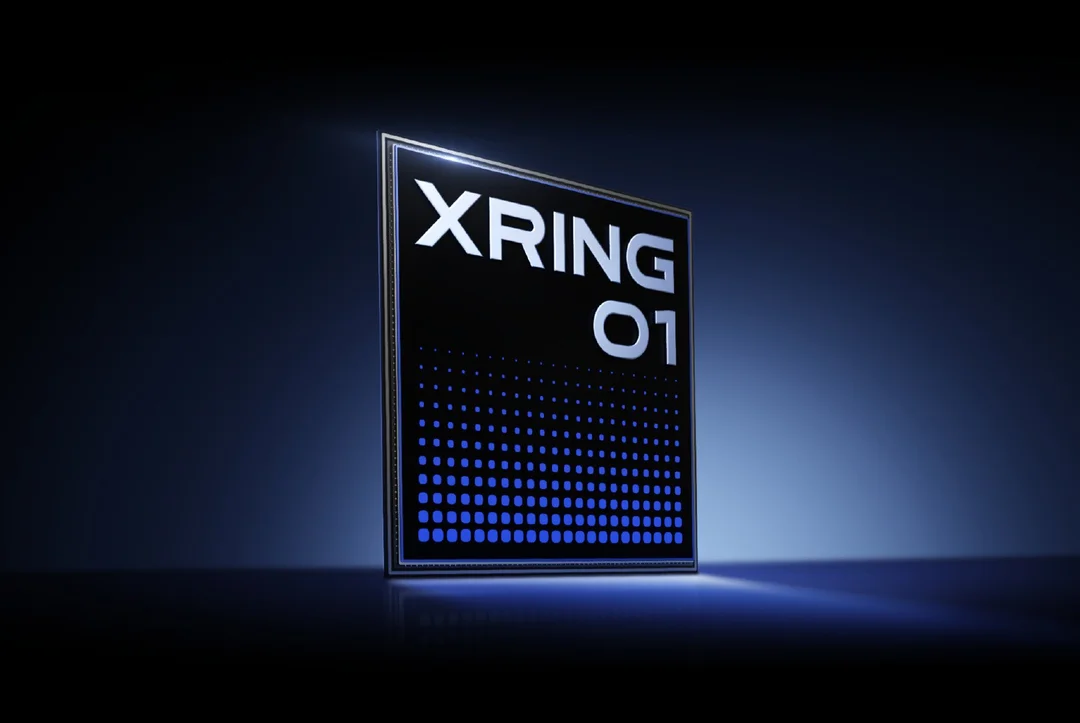
Xiaomi’s 3nm Chip: A Milestone or a Mirage in the US-China Tech Race?
Xiaomi has officially entered the 3nm chip arena with its newly unveiled XRing O1. This marks a significant step for the Chinese tech giant, placing it among the select few companies globally – Apple, Qualcomm, and MediaTek – capable of designing such advanced mobile chips. But what does this breakthrough really mean in the context of the ongoing US-China tech rivalry?
While Lei Jun, CEO of Xiaomi, downplays any direct confrontation with Apple, the development has far-reaching implications. The XRing O1 system-on-a-chip (SoC), set to power upcoming premium devices, signifies Xiaomi's commitment to reducing China’s reliance on foreign technology amid increasing US export restrictions.
The 3nm process technology is one of the most advanced in semiconductor manufacturing. Packing approximately 19 billion transistors, the XRing O1 reportedly delivers substantial improvements in computing power and energy efficiency, rivaling industry leaders. Benchmarking results even suggest it competes with Apple's A18 series and Qualcomm's Snapdragon 8 Elite SoCs.
However, questions linger about the chip's manufacturing. With mainland Chinese foundries unable to mass-produce 3nm chips due to US export controls, speculation points towards Taiwan Semiconductor Manufacturing Company (TSMC) as the likely manufacturing partner. This highlights the intricate landscape of current US semiconductor export controls, which primarily target manufacturing equipment access rather than design capabilities.
Xiaomi's substantial investment underscores the strategic importance of this endeavor. Having already invested $1.9 billion in the XRing O1, the company has announced a further $6.9 billion program for semiconductor development. This contrasts with efforts by Western nations to boost domestic semiconductor production, with Xiaomi focusing on design rather than manufacturing.
Despite Xiaomi's achievement, it won't be cutting ties with Qualcomm and Mediatek anytime soon. Current estimates indicate that approximately 40% of Xiaomi's smartphones continue to rely on 'off the shelf' parts from these companies. The XRing O1 currently powers the Xiaomi 15S Pro and the Xiaomi Pad 7 Ultra, with no confirmation whether it will be available in other devices moving forward.
The development has been lauded by Chinese state media as a victory for the country's semiconductor industry. For Western markets, it signals increasing competitiveness not just on price but also on technological sophistication. This could put pressure on established players like Apple and Qualcomm.
Xiaomi's 3nm chip represents a significant milestone, but its long-term impact remains uncertain. Will it truly shift the balance of power in the global semiconductor market, or is it merely a stepping stone in China's pursuit of technological independence?
Share your thoughts and predictions in the comments below!